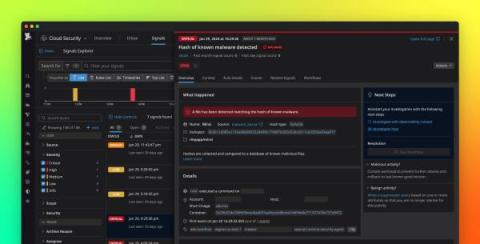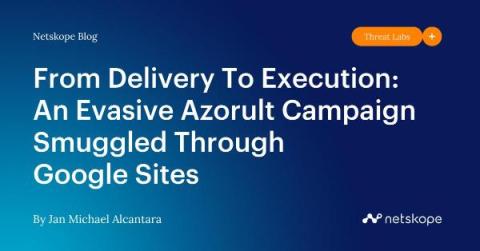The Real Impact of the Lockbit Ransomware Takedown | Razorthorn Security
Welcome to Razorwire, the cutting-edge podcast for cybersecurity professionals, where we unravel the world of information security and peek into the future of technology. I'm your host, Jim, and in today's episode, we're joined by our esteemed guests, Richard Cassidy and Oliver Rochford. We’re taking a deep dive into the recent Lockbit takedown, dissecting the movements in the global cybercrime landscape, and analysing the ongoing conflicts within the commercial industry.











